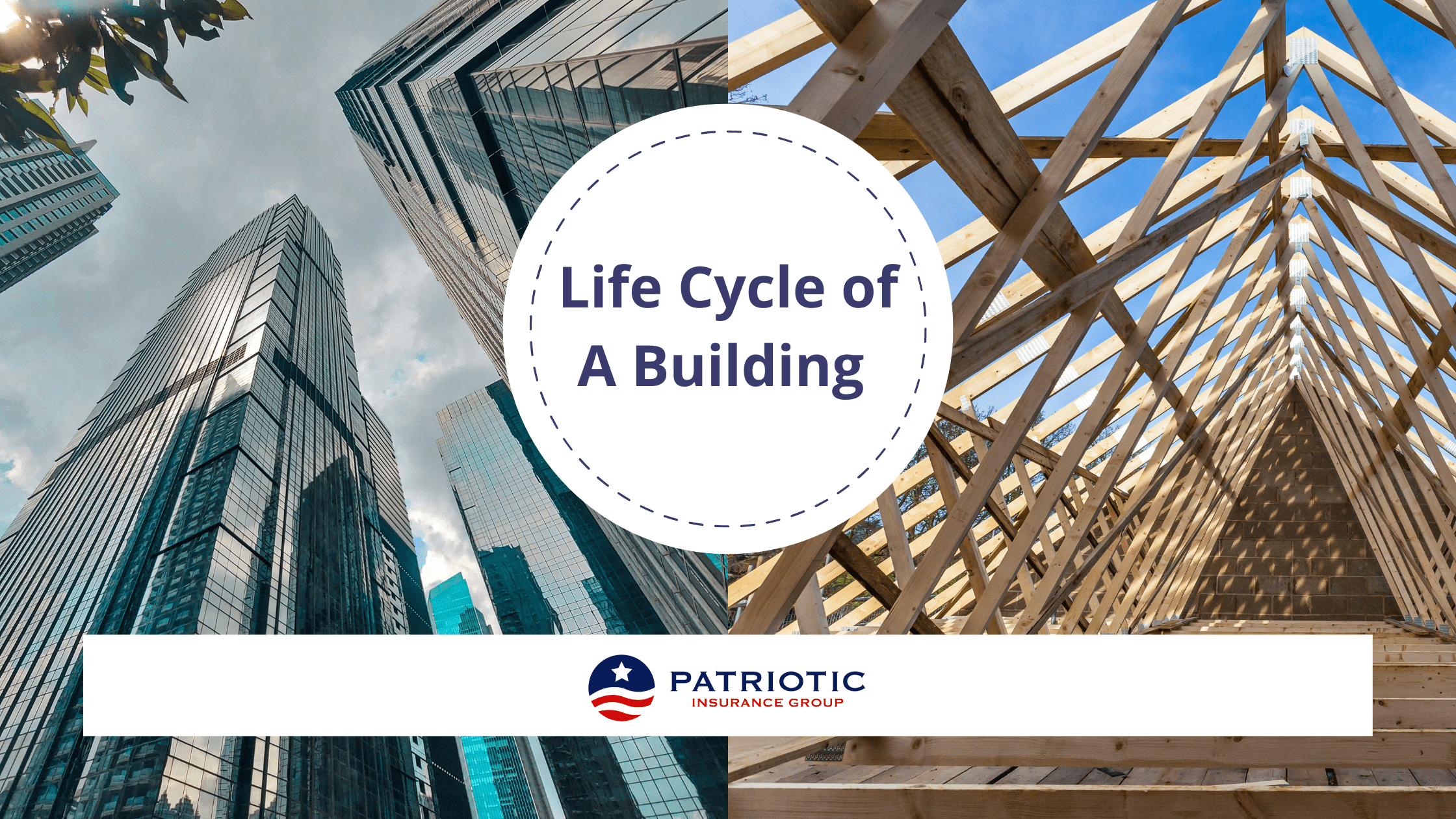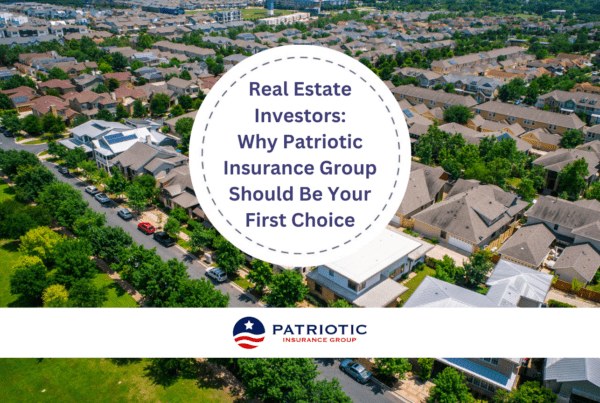
The life cycle of a building is a fascinating process that involves various stages and changes over time.
From vacant land to seasonal dwellings, secondary homes, builders risk, vacant property, and landlord policies, each type of property has its own unique characteristics and insurance requirements. In this blog post, we will explore the different stages of a building’s life cycle and how it impacts its use and insurance coverage.
Let’s start with vacant land. This refers to a property that does not have any buildings or structures on it. It is simply an empty piece of land. In certain circumstances, homeowners can extend their insurance policy to cover the land. However, it’s important to note that this coverage may have limitations and restrictions.
Moving on, seasonal dwellings are properties that are only used during specific times of the year. These properties are not rented out or lent to others. For example, a cabin in the mountains that is only used during the summer months. In such cases, the insurance coverage may be different from a year-round occupied home.
Next, we have secondary homes, often referred to as snowbirds. These are properties that are not rented out but are used as a second home by the owners. It’s important to have a primary homeowners policy in force for your primary residence, and the secondary home may have different insurance requirements.
Builders risk insurance comes into play when there is new construction, structural renovations, or major additions to a property. This type of insurance typically involves an engineer and covers the risks associated with the construction process. It protects the property owner and the builder during the construction phase.
Vacant property refers to a new home purchase that is undergoing cosmetic renovations before the move-in. The property is on the market but is not occupied by anyone. In such cases, the insurance coverage may be different from a fully occupied home.
Landlord policies are necessary when you own a rental property. If you have up to four units, you can have a personal insurance policy. However, if you own more than four units, you will need a commercial insurance policy to cover your rental property.
Lastly, we have homeowners policies, which are meant for owner-occupied properties. You can only have one homeowners policy, and it covers both the property and its contents. The location of your cars’ garages may also impact your insurance coverage.
In conclusion, the life cycle of a building involves various stages and changes over time. From vacant land to seasonal dwellings, secondary homes, builders risk, vacant property, and landlord policies, each stage has its own insurance requirements. It’s important to understand these stages and their corresponding insurance needs to ensure adequate coverage and protection for your property.
Unsure how to characterize your property? Visit our latest blog post on how we classify homes as primary, secondary & seasonal.




